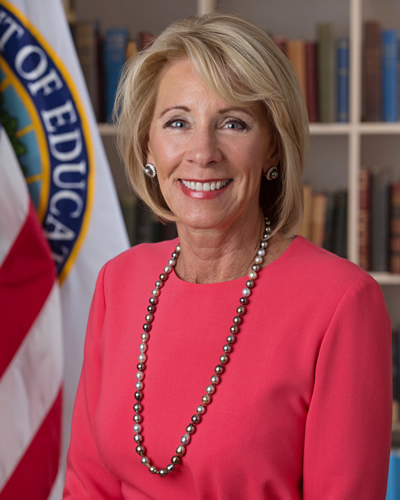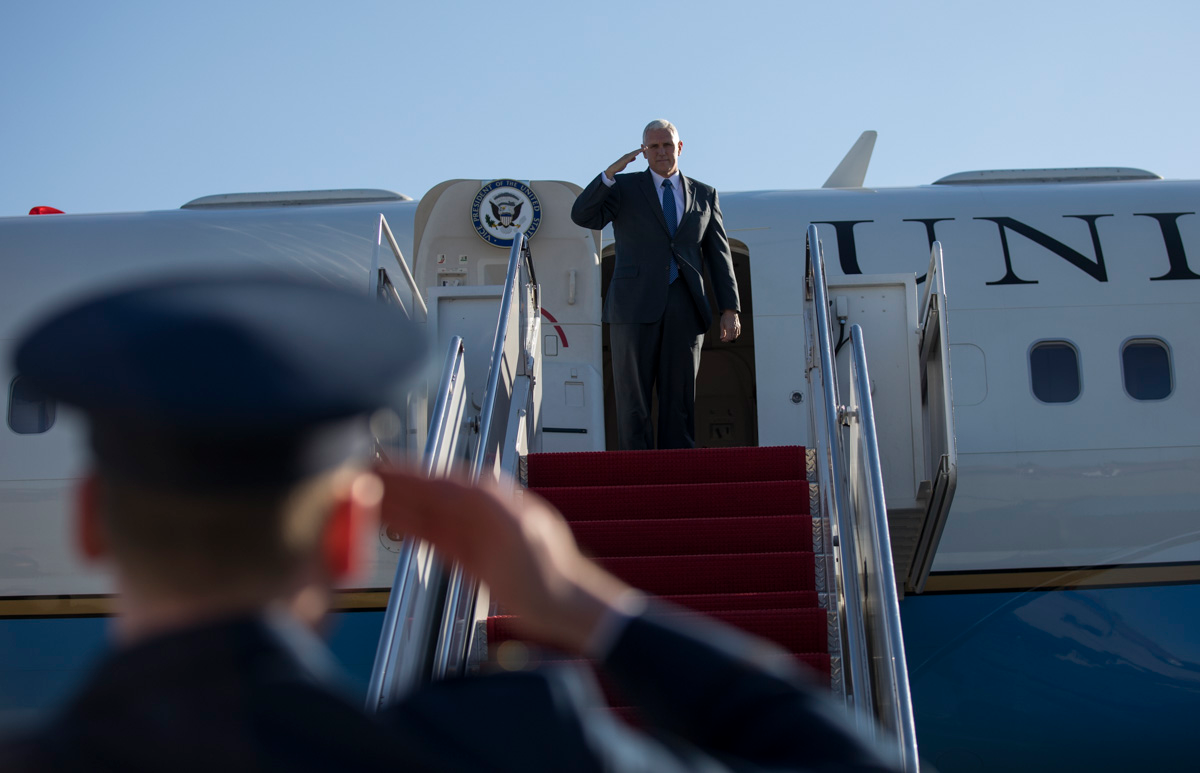The Disappearing Cheshire Cat I Found in the Rabbit Hole Where Lee Chatfield Was Hiding
I first fell into the rabbit hole of the largely invisible appendix looking for Lee Chatfield.
At the time Trump called him and then-Michigan Senate Majority Leader Mike Shirkey to the White House in November 2020, Chatfield was Michigan’s House Speaker. And one of the first things that I realized about the appendix is that Jack Smith relied on Shirkey’s January 6 interview — exclusively, it seems. But he relied — again, exclusively — on DOJ’s own interview with Chatfield (which appears, in sealed form, at roughly pages GA 70 through GA 82). To confirm that that was Chatfield and try to puzzle through why Smith might rely on J6C interviews for some people but do his own interview for others, I took the trouble to index the identifiable interviews. Among other things, I discovered a third interview pertaining to Michigan, a witness whose name falls between Barr and Bowers (Michigan State Senator Tom Barrett also attended the meeting, but it could also be MI Secretary of State Jocelyn Benson), as well as about 36 pages of interview transcripts, from GA 323 to 359, from Ronna McDaniel.
My original hypothesis about why Smith did his own interview of Chatfield was probably wrong. Chatfield was indicted in Michigan for embezzlement in April, and I figured you’d want to lock in the testimony of someone who is in legal trouble himself. A more likely explanation is that Chatfield’s interview with J6C was considered informal, so Smith had to get more formal testimony.
But one thing it the additional interviews allowed Smith to do was sort through a seeming discrepancy about the meeting. As the January 6 Committee Report noted, Shirkey and Chatfield had slightly different memories of the event, with Shirkey denying that Trump made any precise ask, whereas Chatfield described that he understood Trump’s “directive” about having “backbone” to be a request to overturn the election by naming fake electors.
Although Shirkey says he did not recall the President making any precise “ask,” Chatfield recalled President Trump’s more generic directive for the group to “have some backbone and do the right thing.”157 Chatfield understood that to mean they should investigate claims of fraud and overturn the election by naming electors for President Trump.158 Shirkey told the President that he was not going to do anything that would violate Michigan law.159
157. Select Committee to Investigate the January 6th Attack on the United States Capitol, Informal Interview of Lee Chatfield (Oct. 15, 2021). Leader Shirkey did not remember any specific “ask” from the President during the Oval Office meeting. Select Committee to Investigate the January 6th Attack on the United States Capitol, Transcribed Interview of Michael Shirkey, (June 8, 2022), p. 16 (“One thing I do remember is that he never, ever, to the best of my recollection, ever made a specific ask. It was always just general topics[.]”).
158. Select Committee to Investigate the January 6th Attack on the United States Capitol, Informal Interview of Lee Chatfield (Oct. 15, 2021).
159. Select Committee to Investigate the January 6th Attack on the United States Capitol, Transcribed Interview of Michael Shirkey, (June 8, 2022), p. 57.
As it is, there’s something missing in this telling. The report describes that Rudy Giuliani was on the call. But it makes no mention that, even though she had specifically told Trump she couldn’t be involved in a meeting with legislators because it might amount to lobbying, he had patched Ronna McDaniel into the call.
That detail does appear in Mike Shirkey’s testimony (he claimed that she said nothing of substance). But Shirkey offered the detail of McDaniel’s participation long after Chatfield’s “informal interview” on October 15, 2021 and a week after McDaniel’s own interview on June 1, 2022, in which her participation in the call never came up.
Smith’s brief doesn’t say much about what McDaniel said, though this section does cite to what must be her interview. He did reveal that McDaniel made the initial contact with Shirkey and Chatfield, then got looped into the call after being warned against participating.
On November 20, three days before Michigan’s Governor signed a certificate of ascertainment appointing Biden’s electors based on the popular vote, the defendant met with [Mike Shirkey] and [Lee Chatfield], Michigan’s Senate Majority Leader and Speaker of the House, at the Oval Office.148 The defendant initiated the meeting by asking RNC Chairwoman [McDaniel] to reach out to [Chatfield] and gauge his receptivity to a meeting.149 The defendant also asked [McDaniel] to participate in the meeting, but [McDaniel] told him that she had consulted with her attorney and that she could not be involved in a meeting with legislators because it could be perceived as lobbying.150 After [McDaniel] made the first contact, on November 18, the defendant reached out to [Shirkey] and [Chatfield] to extend an invitation.151
Shirkey testified that Trump made no specific ask. But, as noted, Chatfield was more equivocal.
The January 6 Committee described Chatfield’s description of Trump’s calls in the following weeks.
That was not the end, however. Chatfield and Shirkey received numerous calls from the President in the weeks following the election. Chatfield told the Select Committee that he received approximately five to ten phone calls from President Trump after the election, during which the President would usually ask him about various allegations of voter fraud.161 Chatfield said that he repeatedly looked into the President’s claims but never found anything persuasive that could have changed the outcome of the election.162
But it doesn’t provide a detail about follow-up calls included in the immunity brief: That Rudy contacted Chatfield and asked him to throw out the valid votes.
Despite failing to establish any valid fraud claims, [Rudy] followed up with [Shirkey] and [Chatfield] and attempted to pressure them to use the Michigan legislature to overturn the valid election results. On December 4, [Rudy] sent a message to [Chatfield] claiming that Georgia was poised to do so (based on [Rudy’s] and [John Eastman’s] false advocacy there in the December 3 hearing) and asked [Chatfield] for help: “Looks like Georgia may well hold some factual hearings and change the certification under ArtII sec 1 cl 2 of the Constitution. As [Eastman] explained they don’t just have the right to do it but the obligation. . . . Help me get this done in Michigan.”168 On December 7, [Rudy] attempted to send [Shirkey] a message (though failed because he typed the wrong number into his phone): “So I need you to pass a joint resolution from the Michigan legislature that states that, * the election is in dispute, * there’s an ongoing investigation by the Legislature, and * the Electors sent by Governor Whitmer are not the official Electors of the State of Michigan and do not fall within the Safe Harbor deadline of Dec 8 under Michigan law.”169 Campaign operative [Mike Roman] was involved in the drafting of this message with the assistance of [P41] who was associated with the defendant’s Campaign efforts in Michigan.170 The following day, [Rudy] shared the draft with the defendant, sending it to his executive assistant, [Molly Michael], by email.
That’s a far more specific ask than Chatfield admitted to with J6C.
This passage is all sourced to an entirely sealed section of Appendix III, but the type of evidence included there is somewhat obvious. The section relies on:
- 168: A text to Chatfield
- 169: Something recording Rudy’s attempt to send a text (to the wrong phone number!) and 10 more pages documenting what message Rudy wanted to send.
- 170: One page showing some proof that Mike Roman and [P41] were involved in this messaging attempt.
- 171: Rudy sharing the draft with Trump, via Molly Michael.
It’s possible this evidence doesn’t include evidence obtained from Rudy’s phone in April 2021; for example, Smith could prove that Rudy missent the text via Rudy’s call data and the text to Chatfield, showing a very specific ask, could have come from Chatfield. The text to Shirkey could not have come from Shirkey, though, because he never received the message (which may be why Shirkey was much sketchier about any asks from Trump than Chatfield, because he didn’t receive this shamelessly direct ask). But, particularly given that the email to Michael is just one page long (when asked, she provided no specifics about communications pertaining to Chatfield and Shirkey in her J6C interview), it may well have partly relied on that phone seizure and may well have been necessary.
If it came from the phone, though, it came from legal steps Lisa Monaco first put into motion on her first day on the job, months before J6C was even formalized.
Wherever it came from, the added detail could be utterly critical to proving the case against Trump. Before you get this additional evidence (from both Rudy’s and, possibly, Roman’s phone, as well as an email sent to Molly Michael), you’ve got Chatfield and Shirkey claiming Trump made no specific ask. After you get the additional evidence (and so long as you reach the bar of proving that Rudy was Trump’s co-conspirator in this nefarious effort), you have a very specific ask to just throw out the legal votes that Rayne and I and millions of other Michiganders cast for Joe Biden in 2020.



